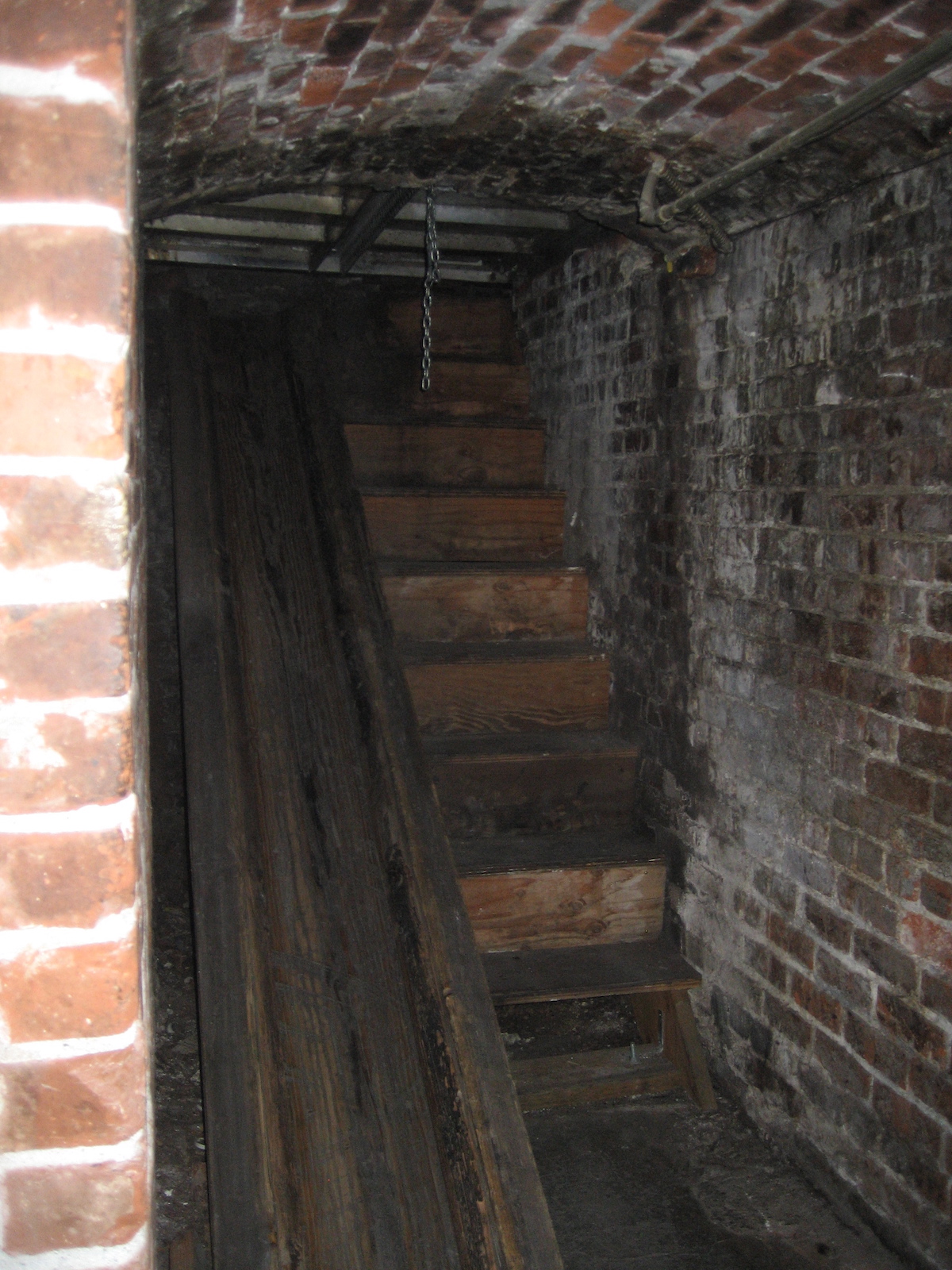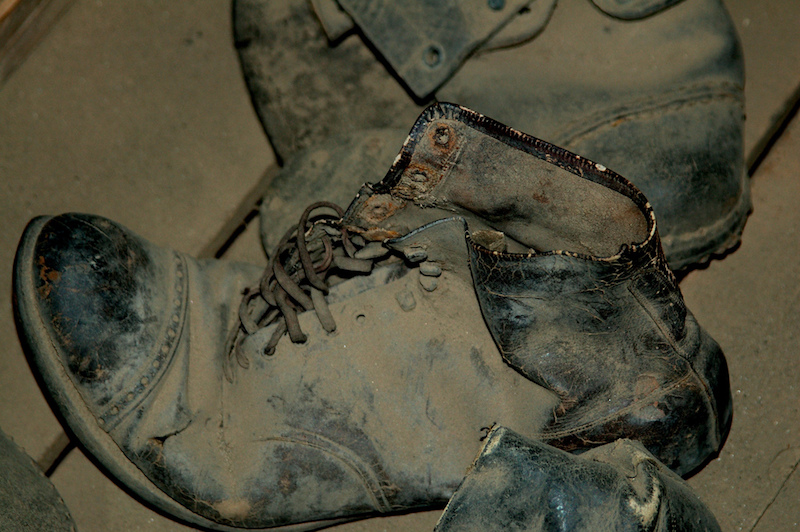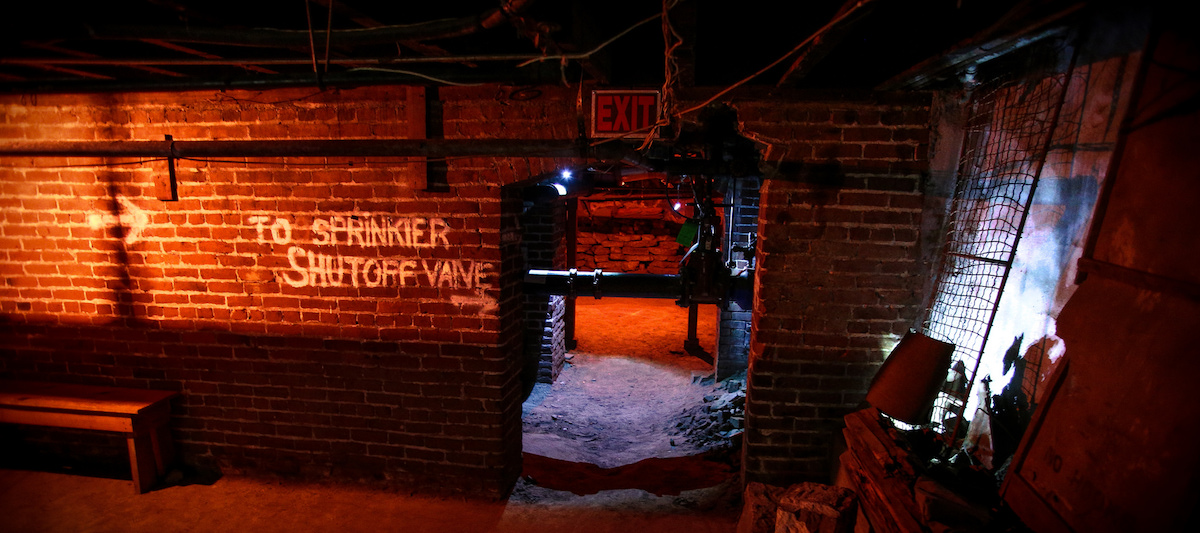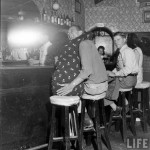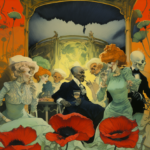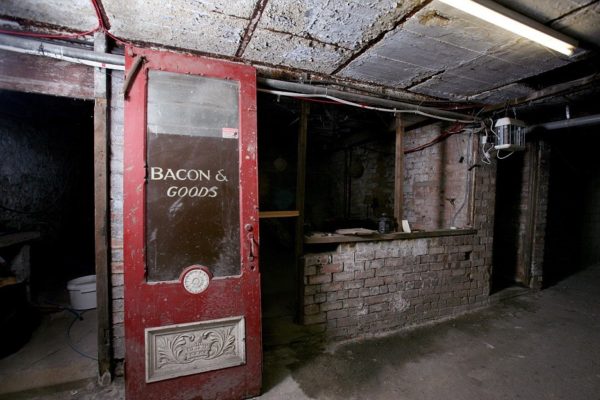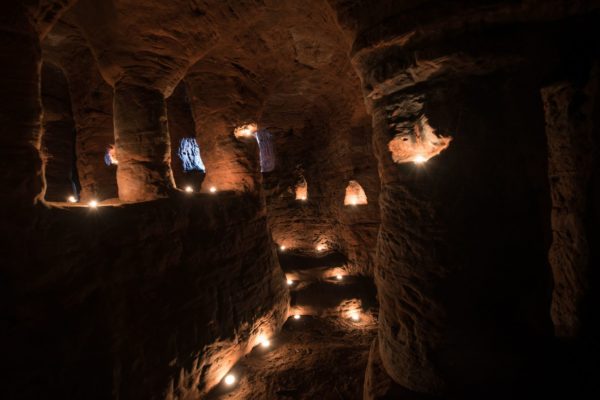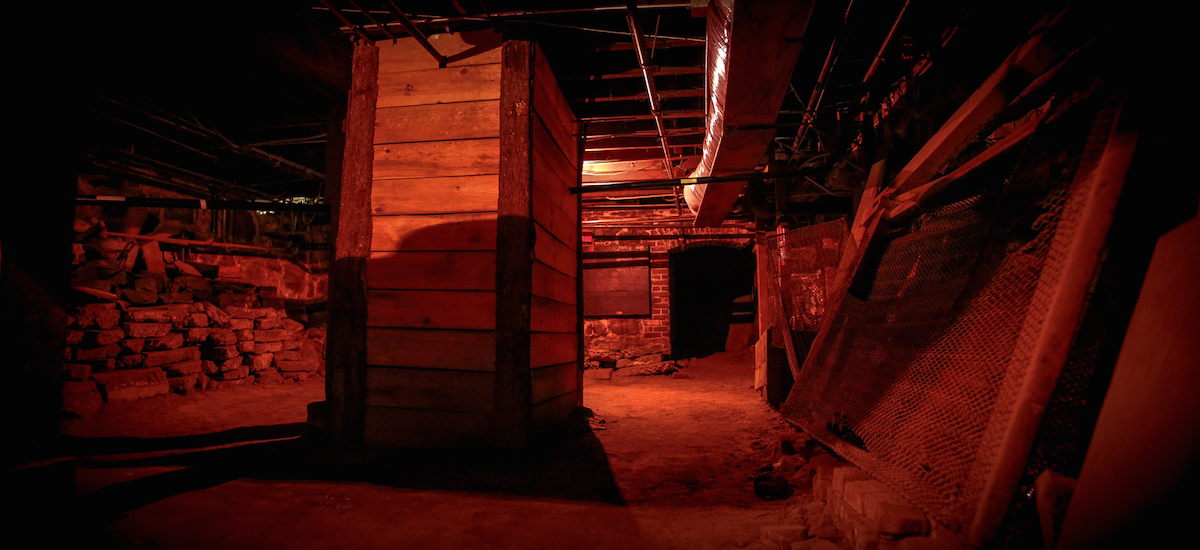
Some underground histories are famous, but some have remained just that, underground. Even if you live on the West Coast, you might not have heard the urban legend of Portland’s infamous Shanghai Tunnels. Portland, a port city in Oregon near the Columbia River, has a gridlock of interconnected basements and passageways under many of it’s streets. While not everyone agrees what the tunnels were used for, there are certainly a number of interesting theories.
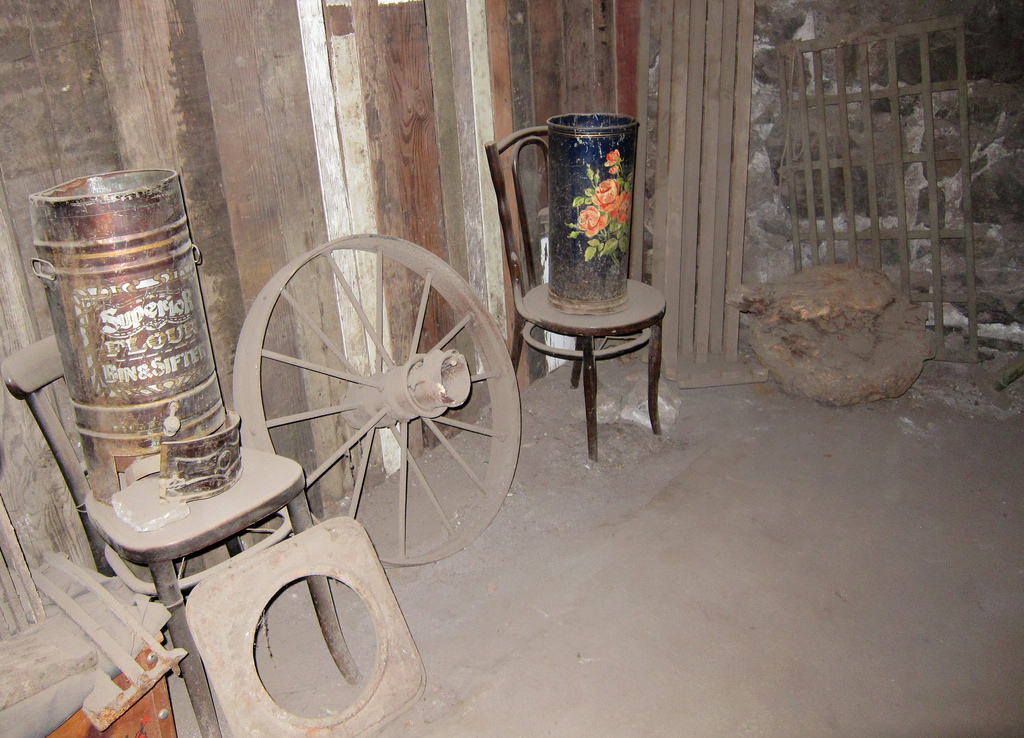
Portland’s Underground has come to be known as the Shanghai Tunnels in homage to the final destination of the numerous people human trafficked from the city. Shanghai was a popular destination for trade during this period because of the lucrative opium business perpetuated by the West.
While human trafficking occurs for many reasons, legend has it that when ship captains arrived in Portland, many members of their crew would abandon ship and make way down to California for the gold rush. Sea captains became desperate to replenish their crew and are believed to be one of the most common paying customers for a “shanghaied sailor”– usually delivered drunk or incapacitated by knockout drops via Portland’s Shanghai Tunnels shortly before sailing time. The delivery men, or “crimps” collected a fee known as blood money.
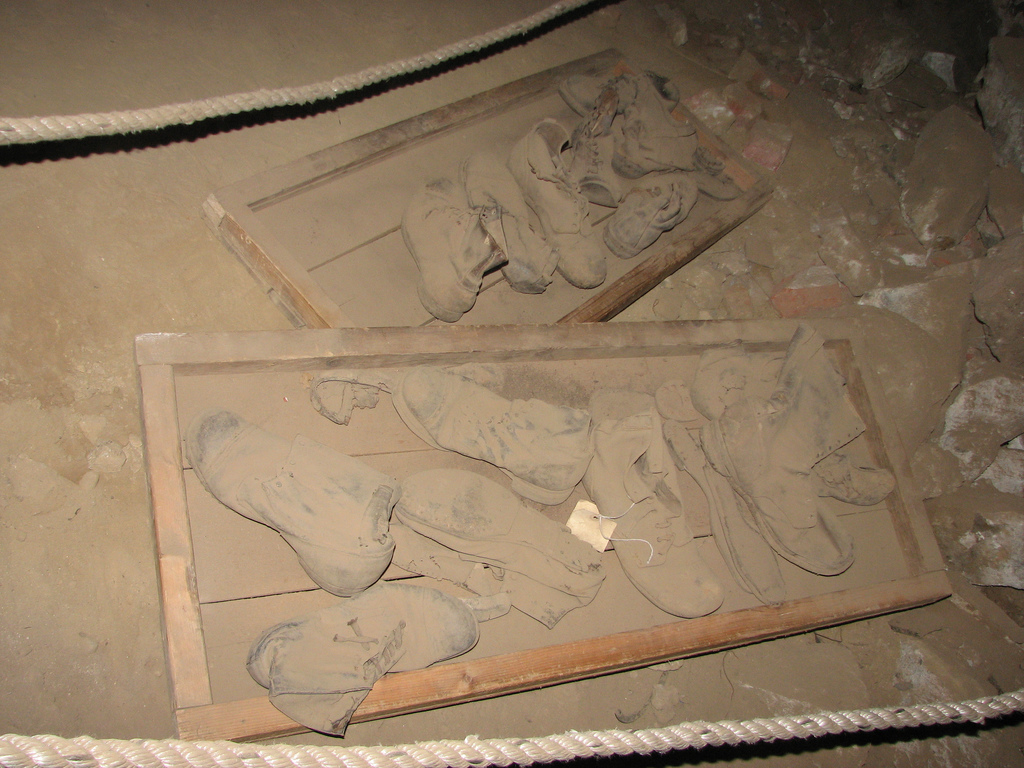
Cascade Geographic Society operates tours of sites that they have excavated under the once dangerous North End neighbourhood under the guidance and determination of one man, Michael Jones, who claims to have become fascinated with the tunnels and their history after first exploring them illegally as a child.
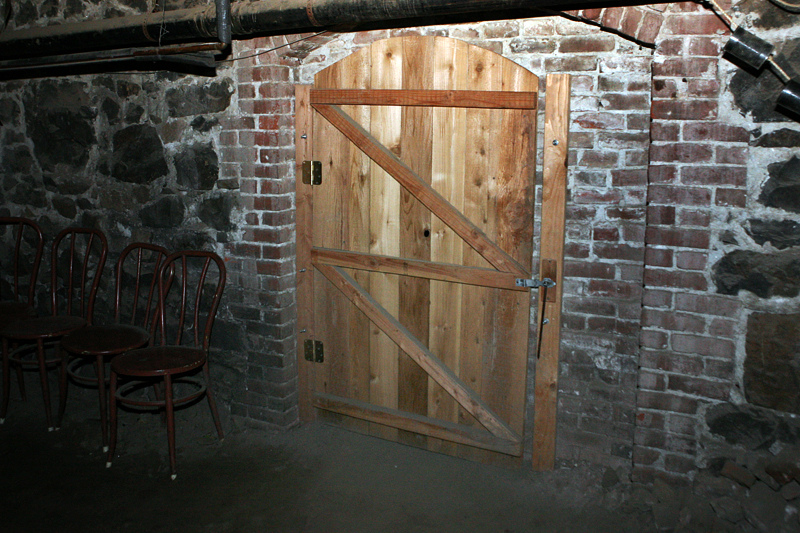
According to the society’s research, thousands of civilians were trafficked through Portland, men and women alike. Shanghaiers would capture drunks out in the street, or women walking alone to sell to other cities as prostitutes. They would keep these poor souls locked up in cells hidden in the pitch black underground. The society has uncovered piles of shoes discarded after they were stolen from victims, who in the unlikely event that they escaped a cell would have to walk barefoot over ground covered in glass and inevitably leave behind a trail of blood to track them with.
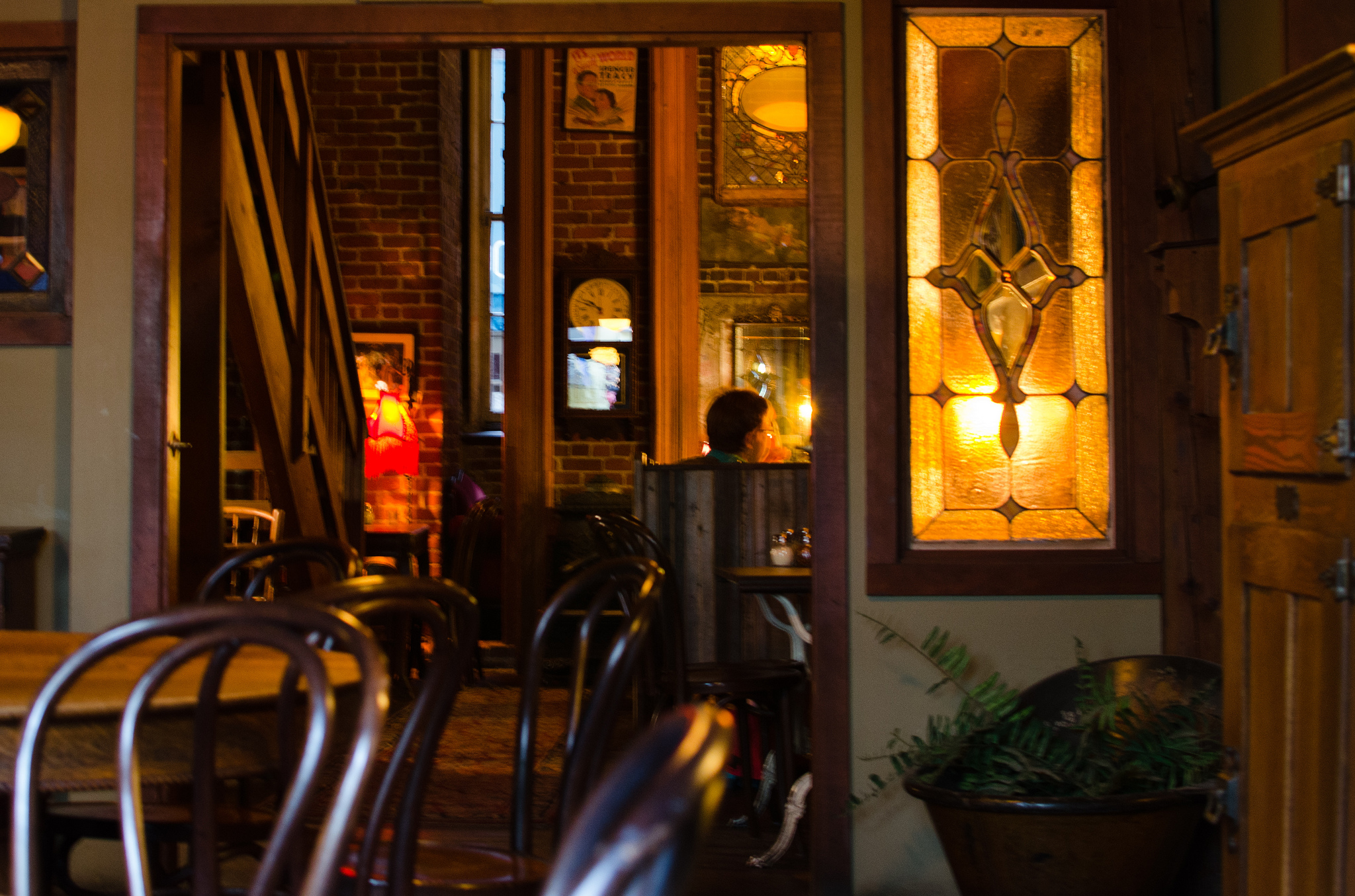
While shanghaiers captured their victims in any number of ways, perhaps the most fanatical is that of the hidden drop chute in floors. The Cascade Georgraphic Society has found a number of them hidden in the floors of North End Bars and even keeps one on display for their tour. Bar owners would be paid off to look the other way when shanghaiers would slip a drug into a patrons drink. When they would start to feel the effects, the bartender would hit a button under the counter and the patron would drop into the basement below and the door would swing shut again before anyone was the wiser.
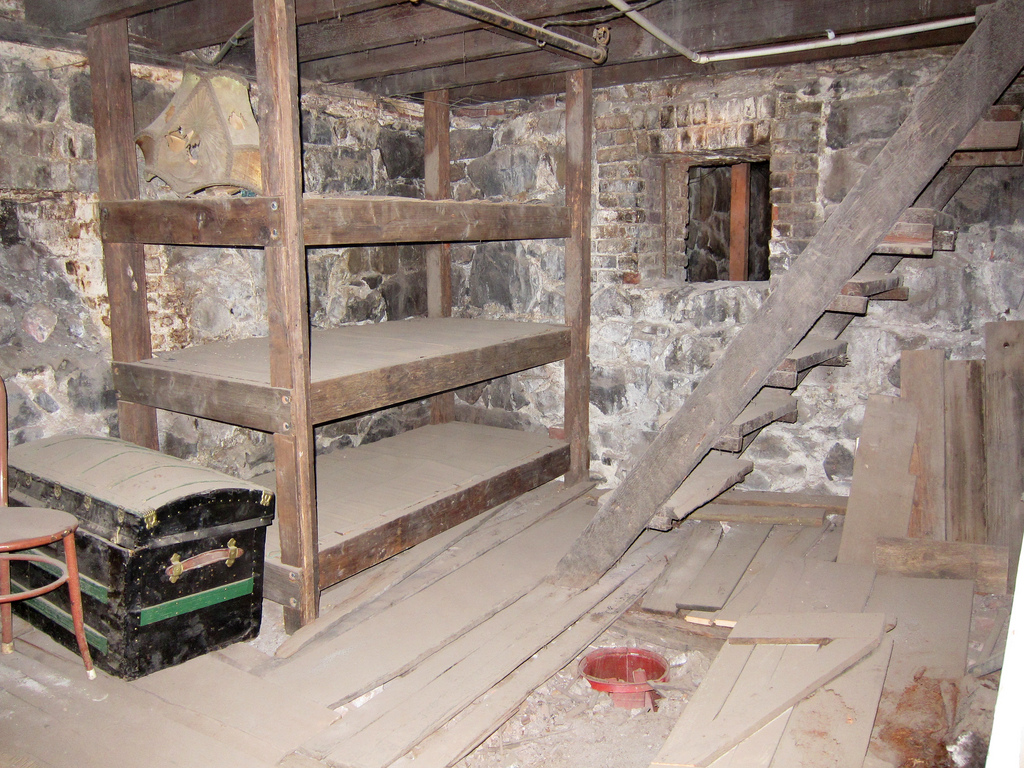
If you take a walk beneath the streets you can find any manner of dark places of the past. A number of opium dens were built during the 1800s when the drug craze had reached it’s talons into American soil. Spots were sold on bunk beds three high, where the least expensive was the top because the intoxicated had the farthest to fall. There were also cells where trafficked women had their spirits broken by kidnappers before being sold into the trade and even a stage where enslaved people were purportedly auctioned off. The society has partnered with organizations that work to prevent human trafficking around the world and has even set up a museum in commemoration of the lives that were, and continue to be ruined by such an obscene practice.
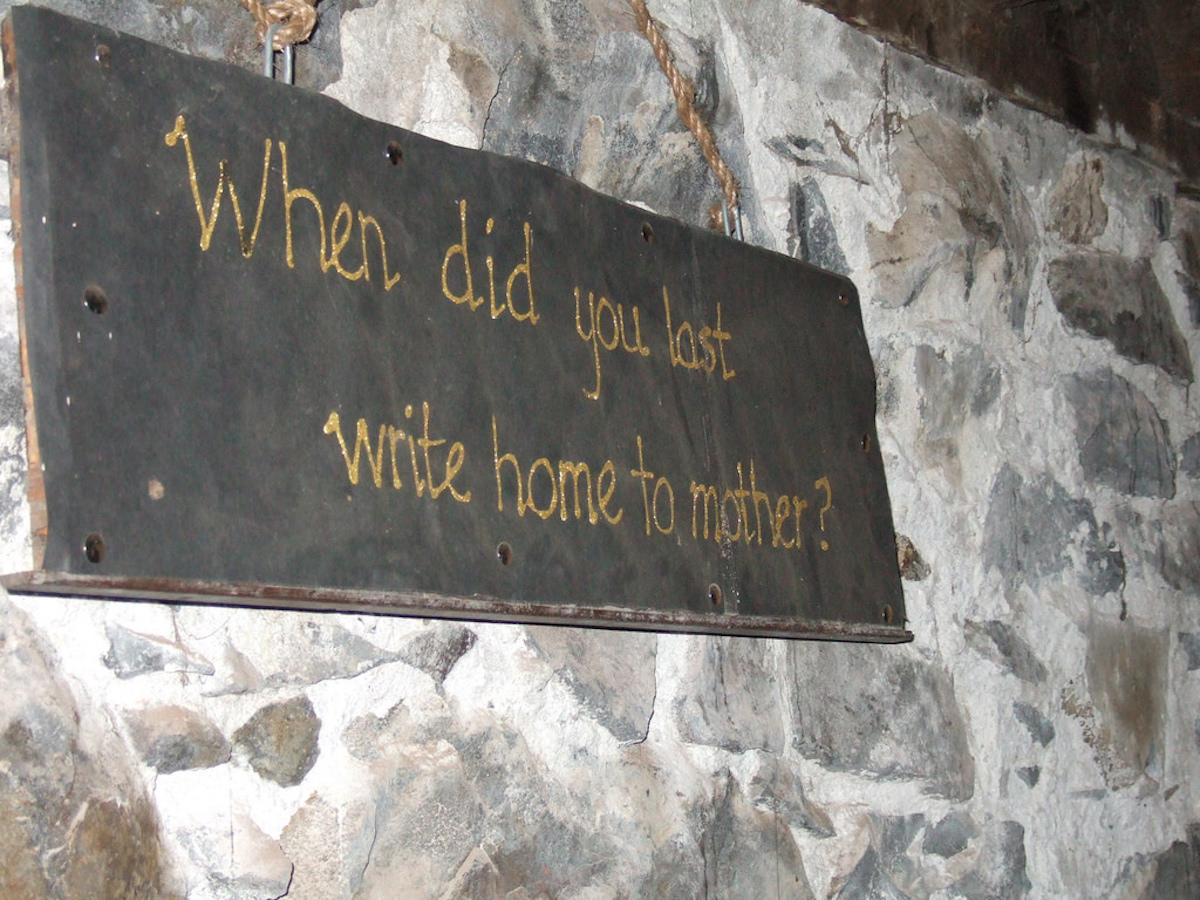
While the Cascade Geographic Society has done research and excavation of the Portland Underground since the 1970s, collecting a number of oral histories from those who witnessed the events and artifacts that they find along their excavations, their account of history is not the one widely accepted. The widely accepted truth is one most commonly cited Barney Blalock’s 2014 book Oregon Shanghaiers.” A history that argues that the underground was built during a time when the North End (overlapped with Chinatown) was full of rival gangs, brothels, and opium dens, and that the tunnels were used mainly to deal with rival gangs and escape police raids. Blalock had gone so far as to say “The only truth to these stories is this: yes, there were some people who were shanghaied in Portland, Oregon. However, the likelihood of any of them being shanghaied via tunnel is nil.”
According to Oregon news source Oregon Live, “Portland State professor emeritus Carl Abbott writes the tunnels had other purposes: “There were connected basements for ease of moving goods between buildings and as escape routes from police raids, as well as drainage tunnels, so my understanding is that several different architectural features get lumped together as the Shanghai Tunnels.”
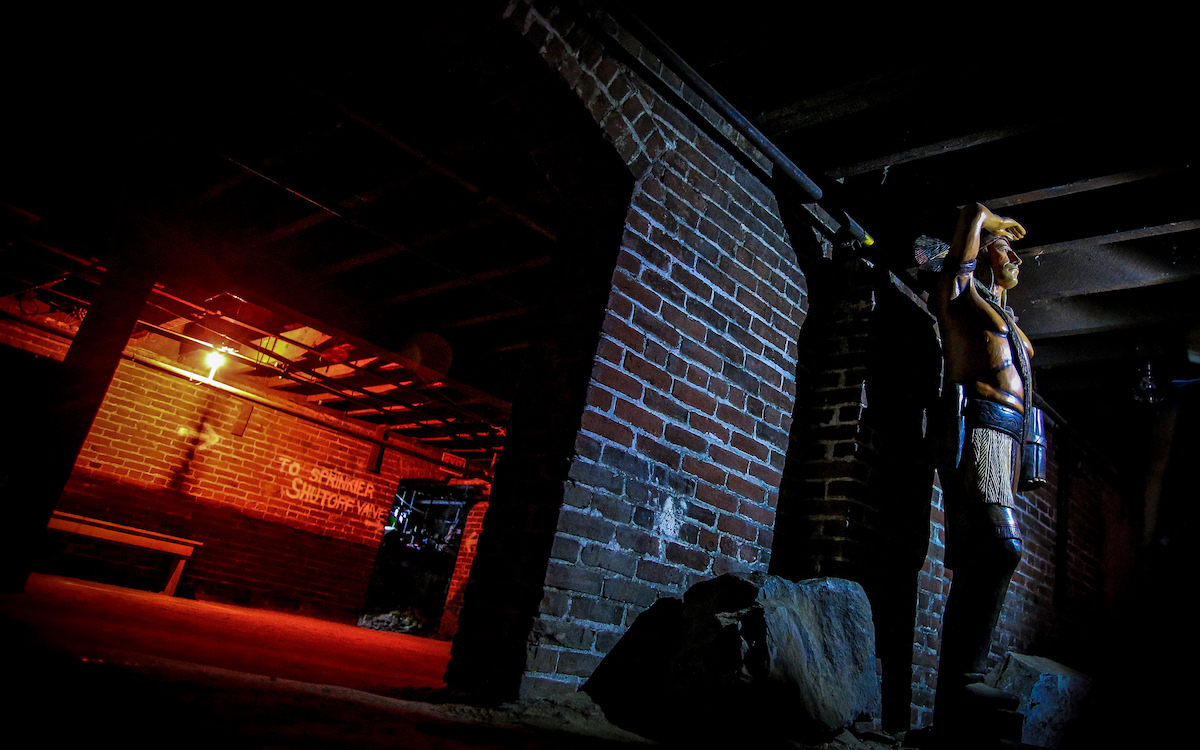
Many historians blame the Cascade Geographic society’s tours for perpetuating a misleading story to tourists, but the Society maintains that they only began giving tours because of the massive requests for one after they began their excavation. When asked where so much of the miscommunication comes from, Nita Kreuzer from the Society replied “No one else has done the on-the-ground research over the course of decades like Michael has done. As well, several folks who have come to us over the past twenty years have been turned away from historical societies, for reasons we don’t understand. There are also ‘historians’ who give no credit to oral history; maybe we wouldn’t, either, if those who have shared their stories didn’t have such similar experiences, years apart and not knowing of each other. One of our volunteers (he’s in his 70s) is a descendant of the England-trained brick and stone masons who oversaw the work underground and actually had a family member become a shanghaier; he has donated all photos and written documentation to us.”
So, believe what you will, whether that be that people were human trafficked beneath the streets or through them. Either way, Portland was a city you didn’t want to be caught walking alone in no matter your gender.


